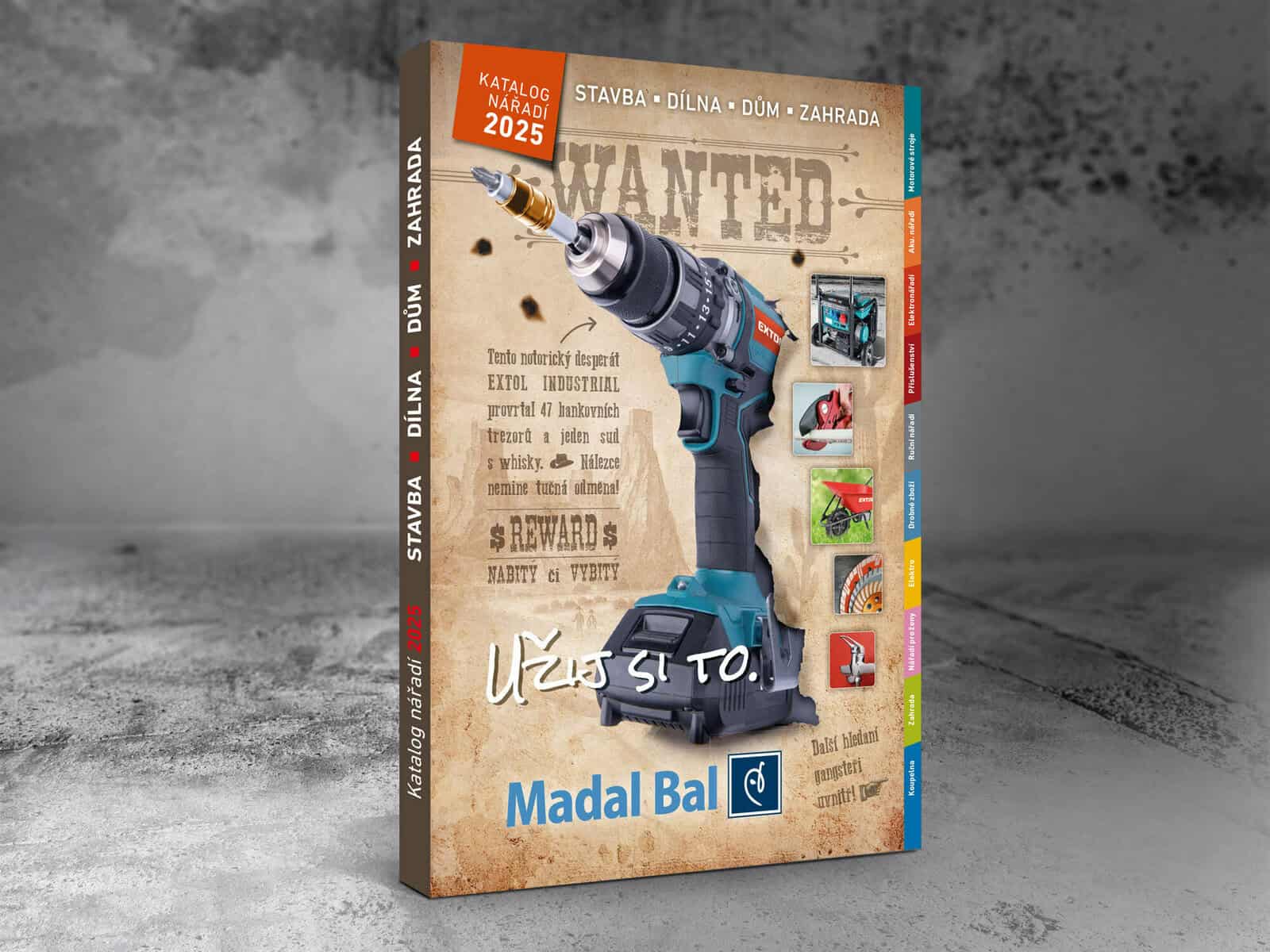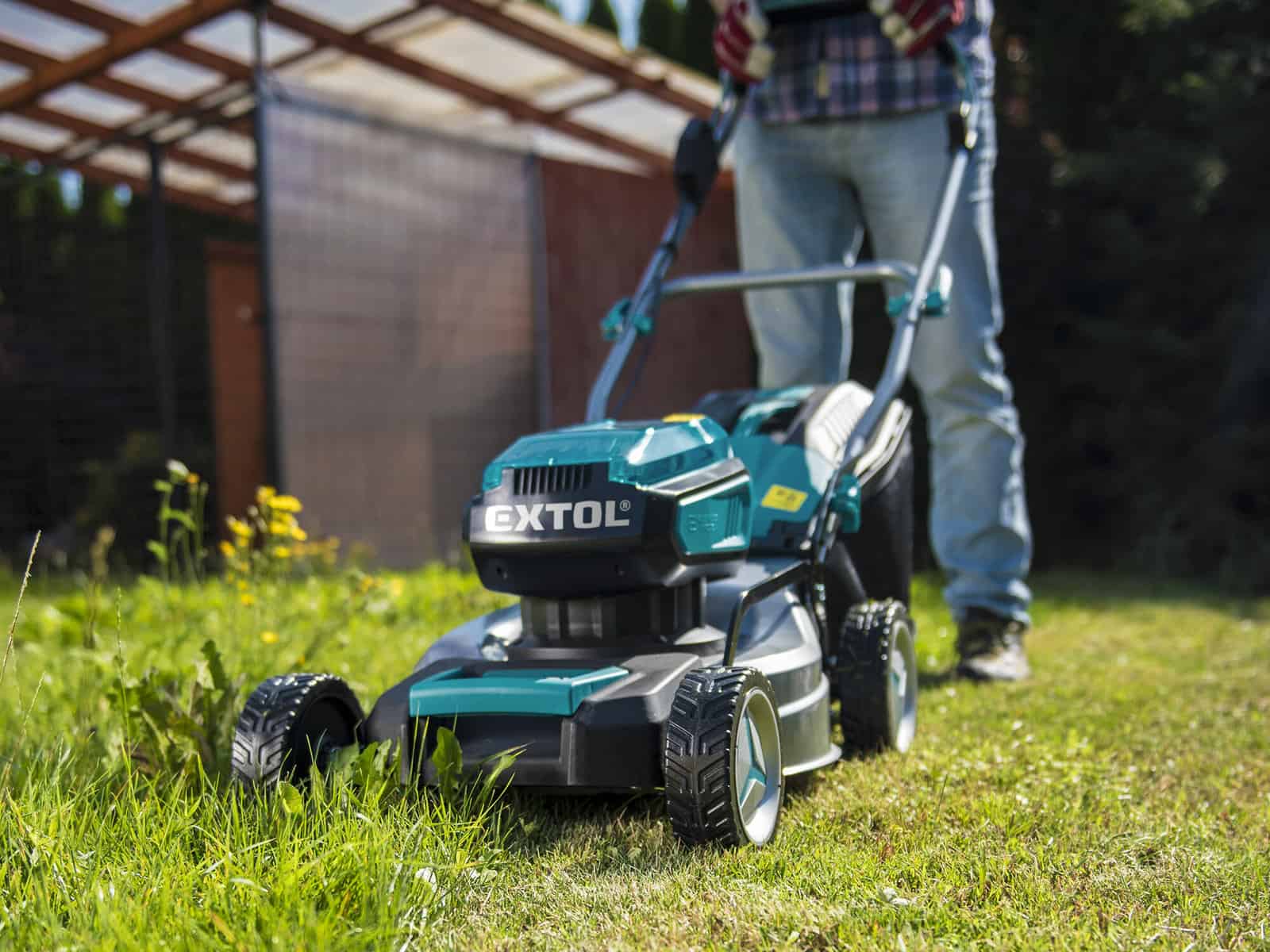Understanding Power Tools
In this section, you’ll learn what power tools are, the different kinds available, and the essential components that set them apart from basic hand tools.
Definition and Significance
Power tools are tools that use an external power source beyond manual labor to operate. The most common power sources are electric motors.
Key features of power tools:
- Portable (handheld) or stationary
- Powered by electricity.
- Used for driving, drilling, cutting, sanding, grinding, and other applications
- Offer speed, precision, and force beyond manual tools
Power tools have the following benefits:
1. Increase productivity – They allow tasks to be completed faster than with manual tools due to mechanization. This improved efficiency has enabled industrialization and mass production.
2. Expand capabilities – Power tools can achieve performance levels (speed, torque, precision) impossible with manual tools. This allows more complex fabrication and shapes.
3. Safety features – Modern power tools incorporate safety mechanisms to reduce accidents.
4. Ergonomics – The power source reduces physical strain compared to manual labor
However, they also have some risks if used improperly, such as noise hazards and potential injuries. Therefore, proper training, protective equipment, and safe operating procedures are essential.
Types of Power Tools
Power tools are classified in various ways, from their functionality to the source of power they use. The main categories include:
- Portable Power Tools: Convenient and mobile tools such as drills and electric screwdrivers, which you can easily carry to different work sites.
- Stationary Power Tools: Larger equipment, such as table saws and drill presses, designed for professional use and higher precision.
- Corded and Cordless: Tools that use a power cord or batteries, respectively, each with their own advantages in terms of power supply and convenience.
Power tools can also be categorized in the following ways:
By Application/Function
- Drills
- Saws (circular, reciprocating, jigsaw, etc.)
- Sanders
- Grinders
- Routers
- Nail guns
- Wrenches
- Planers
- Lathes
By Performance Grade
- Light duty (for homeowners/DIY)
- Medium duty (for professionals)
- Heavy duty/Industrial
Power Tools in Action
Operating Principles
Speed and torque are fundamental to understanding power tools.
The speed, measured in revolutions per minute (RPM), dictates how fast the tool operates, which influences the completion time of your work. Higher speeds allow faster material removal and task completion, especially for lighter tasks or softer materials. However, too much speed can cause a loss of control.
Torque, on the other hand, is the force that drives the tool’s action; higher torque means more twisting force for tough tasks. Excessive torque can damage materials or cause accidents if control is lost.
- Speed: Look for tools that offer variable speed controls to match the RPM to the task at hand.
- Torque: Choose a tool with adequate torque to ensure you can tackle demanding projects without overstraining the tool.
The two parameters have an inverse relationship – as speed increases, available torque decreases, and vice versa. So most power tools have variable speed triggers and torque/clutch settings to balance both. Choosing the right combination for the material and application is vital.
Safety and Usage Guidelines
Your safety while using power tools hinges on proper usage. Always read and follow the manufacturer’s guidelines to mitigate risks.
- Personal Protective Equipment (PPE): Wear safety glasses, hearing protection, and gloves as needed.
- Awareness: Remain alert and cautious. Distractions can lead to accidents.
- Precision: Use guides or jigs to maintain precision in your work, which not only ensures better results but also enhances safety.
Maintenance and Care
Consistent maintenance extends the life of your power tools and ensures they’re ready when you need them.
- Clean: After each use, remove any debris from the tool.
- Inspect: Regularly check for wear and tear, especially on power cords and moving parts.
- Store: Keep your tools in a dry, secure place to prevent rust and damage.
By integrating these practices into your routine, you solidify the reliability and performance of your power tools.
Specific Power Tool Applications
Power tools are extensively used in various industries to make tasks easier, faster, and more efficient than traditional hand tools. The use of power tools has become widespread. They have been adopted in sectors such as construction, woodworking, metalworking, automotive repair, and home improvement due to their ability to improve speed and productivity.
Woodworking Tools
Woodworking tools are essential for carving, cutting, shaping, and finishing wood products. If you’re keen on crafting furniture or cabinetry, a table saw is your go-to for making precise cuts, while a miter saw is perfect for angular cuts required in trims and frames. For intricate shapes and curves, a jigsaw is the preferred choice, and for detailed finish work, an orbital sander ensures a smooth surface.
Metalworking Tools
Your metalworking projects require tools capable of handling tough materials. An impact wrench is ideal for fastening bolts and nuts with high torque. When you need to cut or trim metal, a reciprocating saw with the appropriate blade can get the job done, and for more precision in metal fabrication, a band saw is often used.
Concrete and Masonry Tools (commonly used in construction)
For your masonry projects that involve concrete, brick, or stone, power tools that can withstand abrasive materials are necessary. A hammer drill is your ally when you need to bore into concrete, enabling the installation of anchors for heavy-duty attachments. When it comes to cutting through concrete or stone, a robust circular saw fitted with a diamond blade can perform efficiently. The following provides a list of essential masonry tools for concrete, brick, and stone construction projects, such as:
- Hammers and chisels for breaking and shaping materials
- Levels for ensuring straight and plumb work
- Masonry saws for cutting
- Mortar and concrete mixers
Outdoor and Gardening Tools
Maintaining your outdoor space often involves clearing, trimming, and landscaping. A chainsaw is powerful for cutting down trees or large branches. To keep your lawn neat, a reliable lawn mower is indispensable. For manicuring the edges and removing weeds, a string trimmer offers precise cutting.
By understanding the specific applications of these power tools, you can select the right equipment that will assist in accomplishing your projects with professional results.
Frequently Asked Questions
What are the main uses of power tools in construction and woodworking?
In construction and woodworking, power tools are used for tasks such as drilling, cutting, sanding, shaping, and fastening. These tools, like power drills and saws, dramatically increase your productivity and precision.
How do power tools differ from hand tools in terms of efficiency?
Power tools are far more efficient than hand tools as they harness electricity to accomplish tasks quicker and with less physical effort. This efficiency translates to completing projects faster and with greater ease and precision.
What safety precautions should be taken when operating power tools?
When operating power tools, always wear appropriate personal protective equipment, ensure tools are properly maintained, and understand their operation. Prioritize safety by following manufacturer guidelines and using tools for their intended purposes to minimize risks.
Can you list some commonly used power tools in household DIY projects?
Common power tools used in household DIY projects include cordless drills, jigsaws, sanders, and power screwdrivers. These tools are user-friendly and versatile for a range of upgrades and repairs at home.
How are power tools classified based on their power source?
Power tools are classified by power source into two main categories: electric-powered (corded), and battery-operated (cordless). Each type is designed for specific scenarios, with electric-powered tools being reliable for continuous use, battery-operated tools offering portability, and power tools providing a high power-to-weight ratio for heavy-duty tasks.
What are some examples of portable power tools and their advantages?
Examples of portable power tools include cordless drills and angle grinders. Portable tools offer the advantages of convenience and mobility, allowing you to work without the constraint of power outlets and offering flexibility in various work environments.






